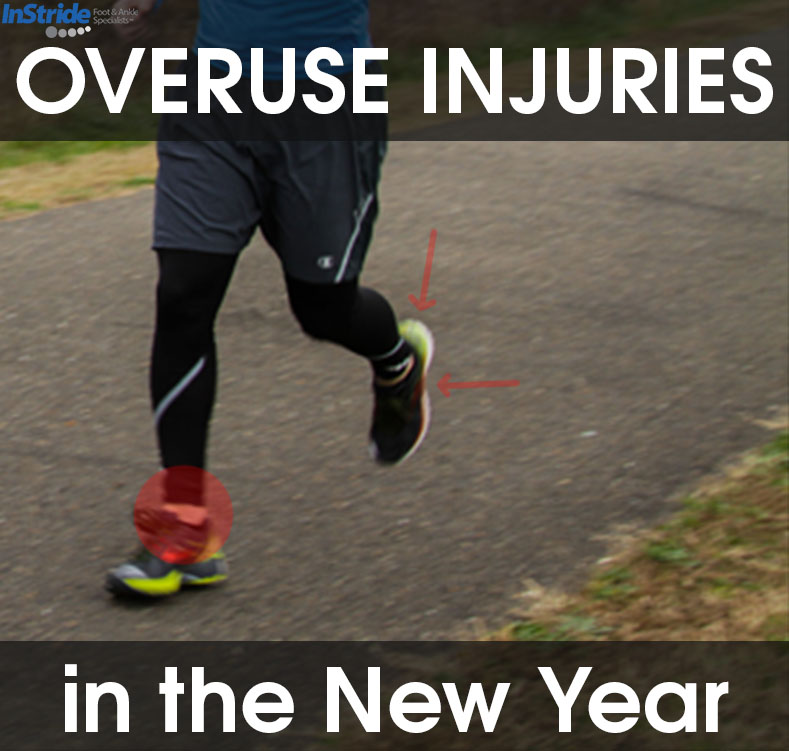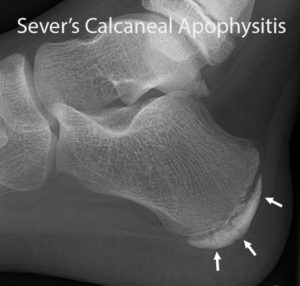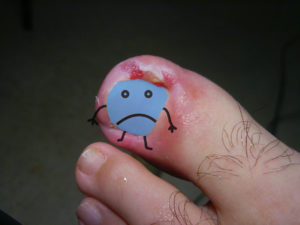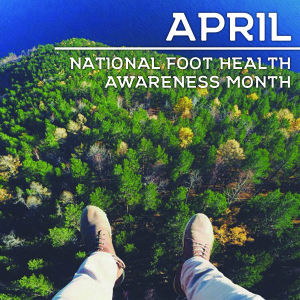OVERUSE INJURIES IN THE NEW YEAR
David Collard DPM MHA
As we ring in the new year and try to recover from all of the holiday cheer and food, many people are thinking about New Year’s resolutions–spending more time with family, drinking and/or smoking less, reading more, kicking other bad habits, etc. Many are resolving to do whatever they can to lose weight. (Sound familiar?) For long term results, though, the goal should really evolve from just weight-loss to leading a fit and healthy lifestyle. Losing weight WILL come along the way. I know, you want to get to a certain size or have the scale read a certain number. You can get there, but long-term fitness and health is so much more than a size and can be longer lasting. Being healthy and fit comes from long-term lifestyle changes with food and exercise, not just doing fad diets.
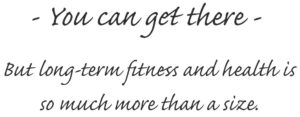

A host of benefits can come along with these changes: increased energy, greater concentration and focus, greater happiness, improved memory, greater self-esteem, better sex life, longer and better quality of life, more ambition in your life, taking fewer or no medications, just to name a few. With this post, I hope to help you avoid the common mistakes that lead to foot and ankle injuries so you can achieve your goals and be injury free.
TOO MUCH TOO FAST
There are so many different exercises out there to improve your health and fitness. The most important step is to get up and get moving. Sometimes it’s not convenient or you’re too tired. I know, I work hard too and have a family, but from my own experience, I have never regretted going for a run or to the gym. Your body will thank you after!
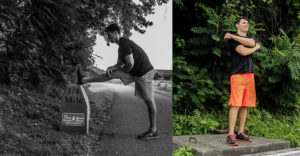
However, many of the injuries that occur when we start exercising at a high level are caused by doing too much too fast. In the medical world, these are called “overuse injuries.” We see them often in our clinic with people of all different sizes, ages, and experience. Running is one of the most common activities during which overuse injuries of the foot occur, but other overdone high impact exercises can also cause them. Remember, running isn’t necessarily where everyone should start. There are many other lower impact workouts that have huge benefits. (Think swimming, biking, elliptical, walking, etc.)

Research shows us that overuse injuries occur as a result of too rapidly increasing: frequency, duration, distance (in running), and speed. Some studies report that people who stretch regularly before exercise experience a higher injury rate than those who do not stretch regularly, although others have not found an association between pre-exercise stretching and injuries. So the jury may still be out on stretching.
Bottom line:
When you start to exercise, start with low intensity and frequency. Don’t be afraid to slow down at the beginning. Remember, this is a long-term change you’re trying to make, so you need to build a good foundation. And, in the case of running, DO NOT increase your mileage more than 10% per week. (Please don’t sign up for a marathon few months away if you have never run more than a mile or two!) Take it nice and easy. You’ll reach your goals eventually, and if you start noticing a pain in your feet early on, it may be best to back off for a bit and focus more on upper body.
Remember: you should always talk to your primary doctor before starting an exercise plan.
SHOES
Shoes are so important in all of this. In our clinic, we spend a significant part of our day educating people on proper shoes. If you are making the plunge to get healthy and fit, invest in a QUALITY pair of shoes. Using the least expensive ones you found online or in the big box store may seem like a great deal in the beginning, but is probably not supportive enough for the amount of activity you are starting and will likely land you in a chair in our office. Go to a reputable shoe store that has knowledgeable staff. The products may seem expensive at first, but you will likely be saving more money and time in the long run by remaining injury free.

An average quality running/exercise shoe should be replaced after about 400 miles. But how much is that if you don’t keep a log or if running isn’t your exercise of choice? Replace your shoes when you start seeing creases in the outside of the sole of the shoe, when the bottom tread has worn out, or when the sole has become thinned out and lost its cushion. If you work out regularly, this should equate to about once every 6 months.
Finally, health and fitness is like climbing a large mountain. You can’t just sprint to the top. It takes planning, reassessing your path, making corrections, taking it slow and steady at the beginning, getting stronger the further you go. When you get to the top, the view is amazing, but doesn’t stop when you come back down!
If you or someone you know has is experiencing a foot or ankle injury that may be due to overuse, we are here to help. Please contact us and schedule an appointment. We want to get your feet back to health so you can get back to working on your New Year’s Resolutions.

